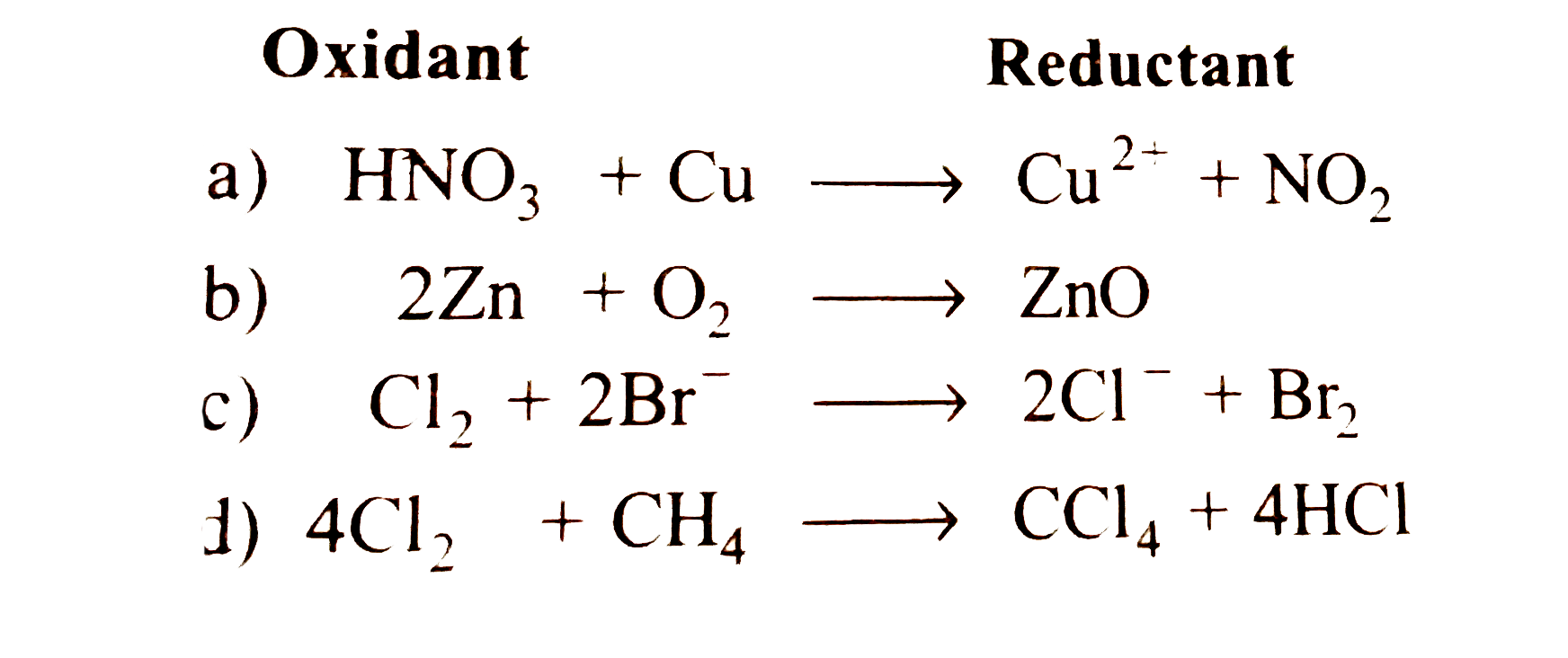14. In the last step of aerobic respiration, oxidation of reduced coenzymes " - produc'ed in glycolysis and Krebs cycle, occur. a. What are the important reduced co-enzymes? b. Why this process is called as terminal oxidation? c. Where does terminal oxidation takes. 'place?
a: b. Two hydrogén atoms from the reduced. coenzyme (NADH ) travel through FAD, ubiquinone and the other series of cytochromes and ultimately combine with molecule tò produce one molecule of So this process is called terminal oxidation. c. It takes place on stalked particles called oxysomes in mitochondria.
Similar Questions
Assertion: Terminal oxidation occurs both in aerobic and anaerobic condtions.
Reason: Terminal oxidation occurs at terminal step of respiration.
View SolutionWhich stages of aerobic respiration take place in matrix of mitochondria
(i) Oxidative decarboxylation of pyruvic acid
(ii) Glycolysis
(iii) Krebs cycle
(iv) Oxidative phosphorylation
View Solution
Knowledge Check
How many oxidation step take place during glycolysis, link reaction and Kreb's cycle.
A1, 1 and 1B1, 1 and 4C1, 1 and 3D1, 1 and 8Which stages of aerobic respiration take place in matrix of mitochondria
(i) Oxidative decarboxylation of pyruvic acid
(ii) Glycolysis
(iii) Krebs cycle
(iv) Oxidative phosphorylationAI and ii onlyBii and iii onlyCiii and iv onlyDI and iii onlyOxidation and reduction process involves the transaction of electrons. Loss of electrons is oxidation and the gain of electrons is reduction. It is thus obvious that in a redox reaction, the oxidant is reduced by accepting the electrons and the reductant is oxidised by losing electrons. The reactions in which a species disproportionates into two oxidation states (lower and higher) are called disproportionation reactions. In electrochemical cells, redox reaction is involved, i.e., oxidation takes place at anode and reduction at cathode.
The reaction Cl2→Cl−+ClO−3 is:AoxidationBreductionCdisproportionationDneither oxidation nor reduction
Oxidation and reduction process involves the transaction of electrons. Loss of electrons is oxidation and the gain of electrons is reduction. It is thus obvious that in a redox reaction, the oxidant is reduced by accepting the electrons and the reductant is oxidised by losing electrons. The reactions in which a species disproportionates into two oxidation states (lower and higher) are called disproportionation reactions. In electrochemical cells, redox reaction is involved, i.e., oxidation takes place at anode and reduction at cathode.
Select the correct statement:
View SolutionOxidation and reduction process involves the transaction of electrons. Loss of electrons is oxidation and the gain of electrons is reduction. It is thus obvious that in a redox reaction, the oxidant is reduced by accepting the electrons and the reductant is oxidised by losing electrons. The reactions in which a species disproportionates into two oxidation states (lower and higher) are called disproportionation reactions. In electrochemical cells, redox reaction is involved, i.e., oxidation takes place at anode and reduction at cathode.
In the reaction:
I2+2S2O2−3→2I−+S4O2−6
View SolutionOxidation and reduction process involves the transaction of electrons. Loss of electrons is oxidation and the gain of electrons is reduction. It is thus obvious that in a redox reaction, the oxidant is reduced by accepting the electrons and the reductant is oxidised by losing electrons. The reactions in which a species disproportionates into two oxidation states (lower and higher) are called disproportionation reactions. In electrochemical cells, redox reaction is involved, i.e., oxidation takes place at anode and reduction at cathode.
Which of the following reactions is/are correctly indicated?

View SolutionOxidation and reduction process involves the transaction of electrons. Loss of electrons is oxidation and the gain of electrons is reduction. It is thus obvious that in a redox reaction, the oxidant is reduced by accepting the electrons and the reductant is oxidised by losing electrons. The reactions in which a species disproportionates into two oxidation states (lower and higher) are called disproportionation reactions. In electrochemical cells, redox reaction is involved, i.e., oxidation takes place at anode and reduction at cathode.
Detennine the change in oxidation number of sulphur in H2SandSO2 respectively in the following reaction:
2H2S+SO2→2H2O+3S
View SolutionRedox reactions are of three types:
(i) Intermolernlar redox reactions.
(ii) lntramolecular redox reactions,
(iii) Auto redox reactions
OR
Disproportionation reactions.
Redox reactions are divided into two main types:
(i) Chemical redox reactions,
(ii) Electrochemical redox reactions which either produce or consume electricity
Oxidation and reduction process takes place in a reaction simultaneously.
In which of the following reactions, H2O2, acts as reducing?
View Solution
